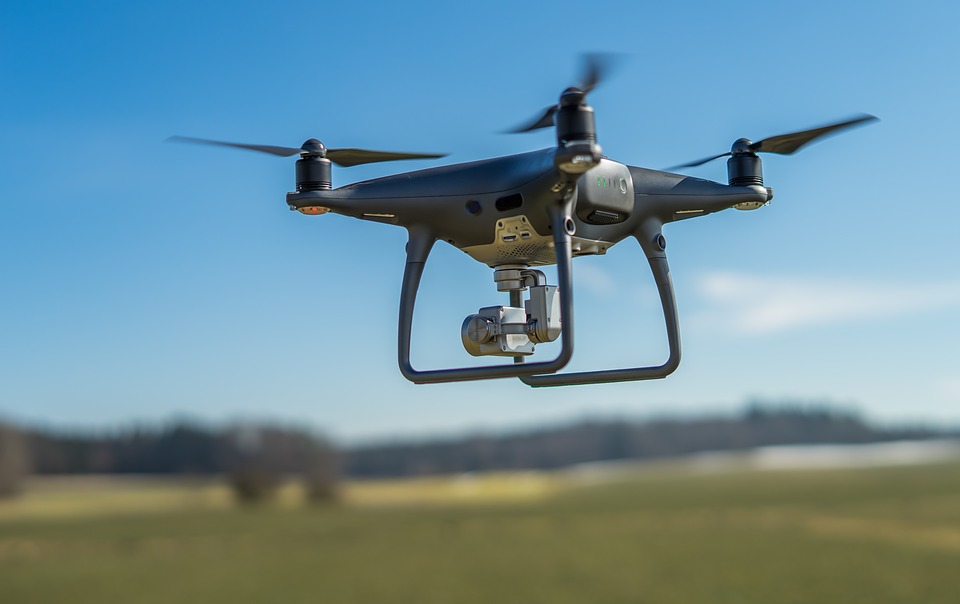
With all the talk of protecting your organization when working on client networks, it’s clear that the insurance landscape is changing for integrators. Did you know there’s another type of insurance you may want to consider in the future? It’s called drone insurance (or unmanned aircraft liability insurance).
Because drones can be equipped with advanced electronics, such as high-resolution video, thermal imaging, two-way audio, license plate readers, advanced facial recognition, and the ability to capture data, it’s very possible that integrators will be deploying drones in the very near future (if some aren’t already).
But with drone usage comes a list of potential security and liability issues. What happens, for example, if a window is broken or someone gets hurt due to operator error or equipment failure?
The answer may lie in drone insurance. This type of coverage provides operators with protection against accidental injuries or damage inflicted by drones. It typically covers these main risks:
- Property Damage: Direct or indirect damage that occurs due to the operation of a drone – whether it’s due to the drone hitting something or falling onto or into something. This could involve damage to buildings, vehicles, power lines, etc.
- Bodily Injury: Direct or indirect harm to a person (or group of people) caused by a drone.
- Privacy Invasion: A claim that a drone is violating personal rights or invading private property, “spying,” or capturing private footage.
Drone incidents like these are already being reported. You can find a database of known U.S. drone crashes (and their impacts) here.
The right insurance coverage can protect you against incidents like:
- Your drone hitting a power line and causing a power outage. For starters, you may be held liable for the downtime incurred by businesses in the area, as well as the costs to repair the power lines.
- Your drone losing power, falling from the sky, and hitting a small group of people on its way down. You may be held liable for their medical expenses and other damages.
- A big gust of wind impacting operability of your drone. If the wind causes the operator to lose control, it may hit a house, car, or building. You will likely be responsible for repairing these property damages.
Coverage is also available for drone grounding exposures. For example, what would happen if your company is hired to fly a drone to capture footage that will be displayed on a customer video wall you designed and installed – but the drone operator can’t perform the work (due to weather issues, drone malfunction, illness, etc.)? This coverage would protect you against potential fallout.
Have questions about drone insurance? NSCA Business Accelerator TrueNorth can answer your questions!





